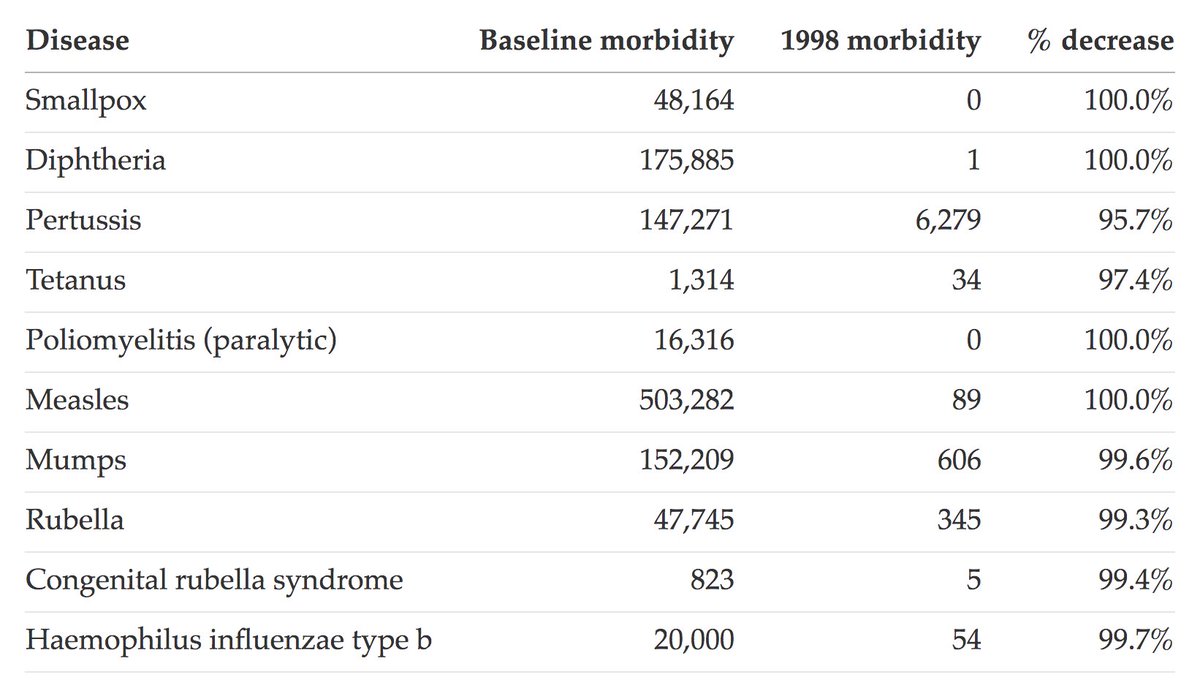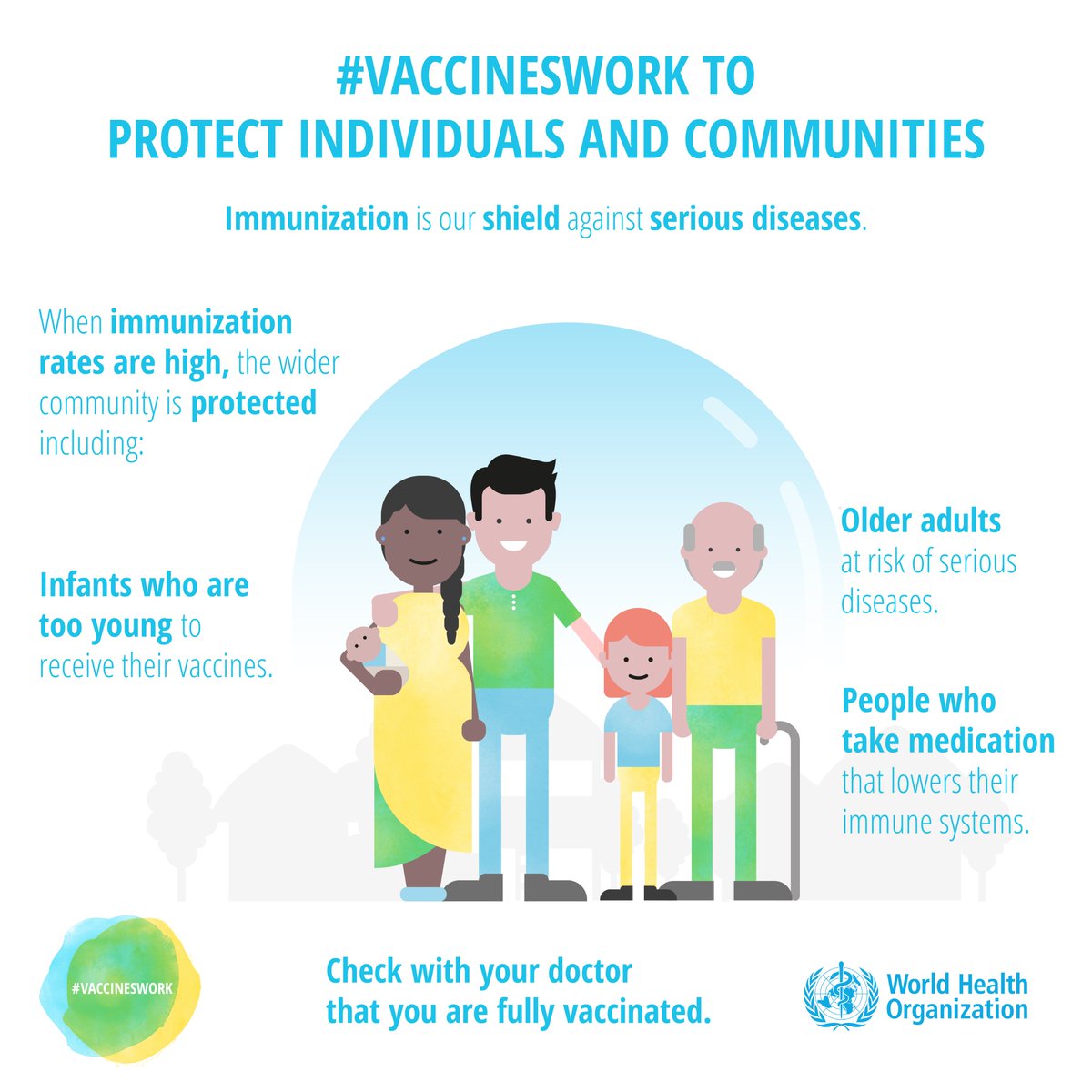But historically, what mattered most? I was surprised when I started digging into the data:
rootsofprogress.org/draining-the-s…
In short, there were many improvements in sanitation and hygiene, over the course of at least two centuries.
They didn't discover a scientific theory of disease…
Until the germ theory was finally established.
Vaccines and antibiotics were still decades away. But public health was revolutionized.














